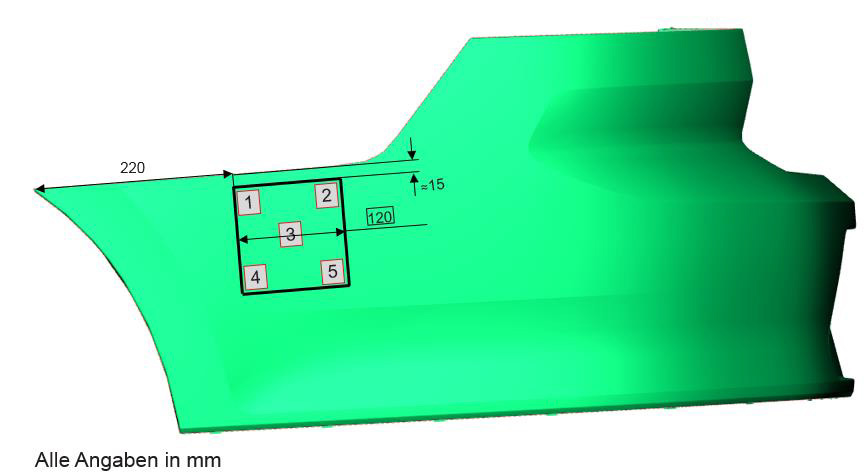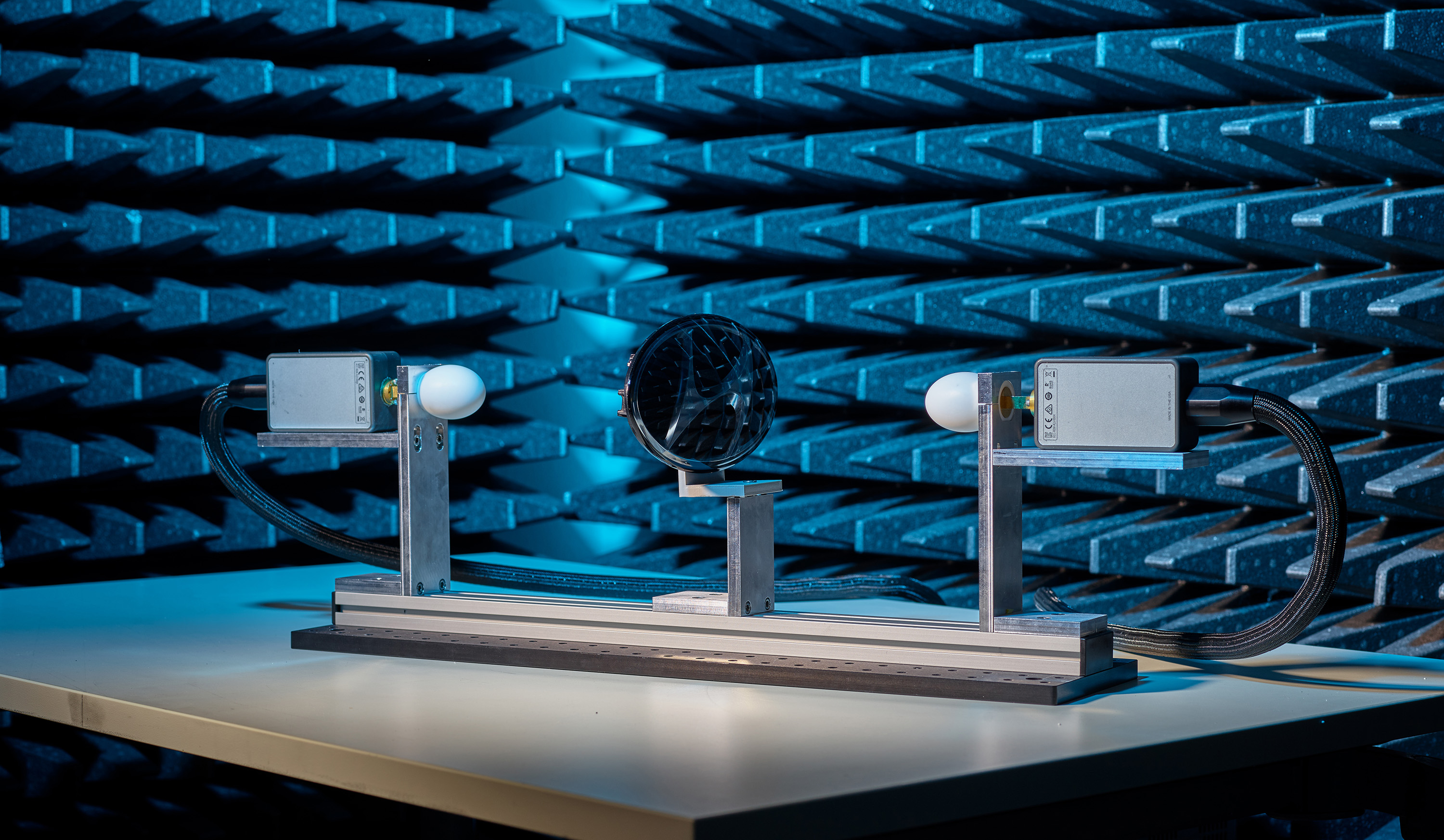Material characterization for automotive radar
Modern driver assistance systems require numerous sensors to increase both safety and comfort. Especially automated driving resorts to optical systems, LIDAR sensor systems, and last but not least radar sensors for environment recognition.


Radar as an Essential Sensor Component
Thanks to its special properties with regard to the robustness against weather influences and its independence of the time of day as well as the reliable characterization of the targets, radar is still an indispensable constant in the sensor group. Particularly, when compared to the optical and infrared spectrum, millimeter waves feature a good penetration in rain, snow, fog, or smoke. In vehicles, radars are usually installed in the bumper. Thus, understanding the transmission and absorption characteristics of the used materials becomes especially important to also ensure the performance of the radar sensors at the installation location.
In the recent past, Fraunhofer FHR has examined this subject intensively in several projects and developed suitable material characterization methods together with suppliers, OEMs, and
measuring device manufacturers. In the process, among other things, different planar single and multilayer plastic samples of bumpers were measured in the 75 - 85 GHz range regarding their complex dielectric constant (permittivity). However, not only the plastic material itself, but also its geometric properties such as the curve radii affect the radar signals. In this context, planar samples were compared to samples with different curve radi and examined. When the effects of paint or a primer layer on the transmission and reflection properties of the samples were studied, it was revealed that both values can significantly deteriorate when a cover layer is added. Furthermore, plastic samples coated with a chrome foil (single and two-sided coating) were analyzed. For this purpose, measurements were carried out with and without foil to obtain quantitative results. The measuring results showed that the chrome foil can have a strong effect on transmission losses.
Characterization of Vehicle Emblems
Emblems act as an essential identification feature and are an indispensable component of automobile manufacturers. Long range radars (LLR) are usually installed centrally in the radiator grill, behind the installation point of the emblem, and thus the high frequency characteristics of the emblem are of particular interest. The emblem protects the radar like a kind of second radome but it can also adversely affect the transmitted radar signals.
In a joint project with the company Hyundai Mobis, a wide range of different emblems was characterized. This was done by means of measurements on one hand and by suitable calculation methods and the development of software-based electromagnetic simulation tools on the other hand. These allow for the optimized design depending on the geometrical factors and utilizing the knowledge of the electromagnetic properties of the materials.
Conclusion
With the increased use of radars in vehicles and their integration at the installation location, material and automobile manufacturers are faced with the challenge of characterizing materials regarding their electromagnetic properties.
Thanks to Fraunhofer FHR's extensive know-how in the area of experimental and metrological material characterization along with its knowledge of the electromagnetic and physical propagation behavior in inhomogeneous plastic materials and through layers of paint, the institute was able to make fundamental contributions toward understanding emblems, their optimized design, and the quantitative assessment of the absorption and transmission behavior of different materials.